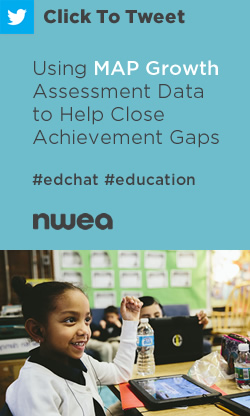 The Genoa-Hugo School in Colorado is in a low-income ranching community. It’s kindergartners often started school with a vocabulary base of just 300-400 words; much lower than a typical 11,000-word vocabulary often enjoyed by wealthier communities. When you start with gaps like this, they magnify over time. When Dave Finley, principal and counselor, came to Genoa-Hugo School in 2009, academic achievement was so low that the school was on the brink of being taken over by the state.
The Genoa-Hugo School in Colorado is in a low-income ranching community. It’s kindergartners often started school with a vocabulary base of just 300-400 words; much lower than a typical 11,000-word vocabulary often enjoyed by wealthier communities. When you start with gaps like this, they magnify over time. When Dave Finley, principal and counselor, came to Genoa-Hugo School in 2009, academic achievement was so low that the school was on the brink of being taken over by the state.
Finley had a track record of success using MAP Growth assessment data in other school districts, so he started there. He spent considerable time with each teacher prior to the start of the school year introducing the assessment, applying MAP Growth data, and getting buy-in. The teachers engaged in professional development to understand the assessment data and how to apply it to better inform planning and instruction.
The district then expanded their assessment program by introducing MAP Growth to grades K-2. They also incorporated the learning continuum—a resource designed to help educators translate assessment data into actionable plans for instruction, grouping, and more. Teachers were then divided into four professional learning communities that used RIT data to align student learning groups and instruction with growth targets.
Just two months after Genoa-Hugo completed its first MAP Growth assessment and introduced MAP Growth-aligned instruction, students’ scores grew 15-30 points. This far surpassed educators’ expectations.
 As Finley states…
As Finley states…
Having a common assessment with data we trust and can leverage is key. I wouldn’t know what to do without MAP Growth. When teachers can design lessons to match skill sets, that’s huge—both in terms of process and results. Our teachers used to get excited when the kids ‘got it’. Now they get excited when they don’t get it—because they’ve found the hole, and they are equipped to fix it.
In one year alone, the school closed the gap by six points, as reflected in juniors’ ACT scores. And as the district is hitting 100% proficiency on most of their Colorado Student Assessment Program (CSAP) growth scores, they are now on par with the best educational systems in the state. Finley has even been sought out by educators in other districts who want to learn how they can use data to create similar results.
Today, students in Genoa-Hugo worry less about their grades – and are more invested in their MAP RIT score. They see how it correlates to their state assessment, and they see how it is enabling them to have unprecedented success.
You can learn more about their data use in the complete case study here.